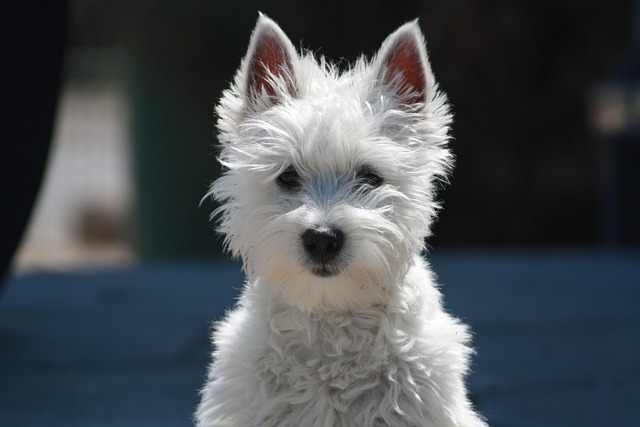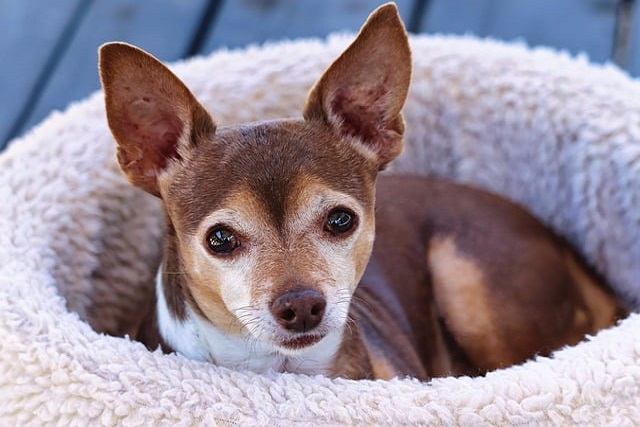
How to train your dog to come when called outside?
When you loosen the leash and watch the dog running happily on the grass, with its tail raised high and the sun shining on its fluffy hair, its free and cheerful appearance makes people smile.
In the days when you are with your dog, "coming when called" is a practical and warm skill. Imagine that when you call your dog's name in the park, it immediately stops playing, runs to you without hesitation, wags its tail and snuggles at your feet. This tacit understanding and trust is the dream of countless dog owners. However, training a dog to do this is not a one-time thing. It requires scientific methods, continuous patience, and a deep understanding of the dog's emotions.
The starting point of training is to make the dog familiar with its own name and establish positive conditioned reflexes. Dogs are like human children, and their names are their first signs of understanding the world. We can choose to call its name softly when feeding, playing, and other times when the dog is in a good mood. When the dog turns its attention to us, immediately give it a delicious snack as a reward, and express appreciation with a gentle tone and exaggerated body movements. This process seems simple, but it subtly allows the dog to associate the name with beautiful things. Gradually, when the dog hears the name, it will instinctively expect positive feedback and will be more willing to respond.
After the dog has an initial response to the name, we can start formal recall training. The initial training should be done in a quiet, distraction-free indoor environment so that the dog can focus on our instructions. Stand 1-2 meters away from the dog, squat, open your arms, and call its name in a cheerful, expectant tone, while accompanying a fixed command such as "come" or "come here". Once the dog walks towards us, even if it is just a small step, it should be immediately rewarded with warm treats, petting and praise. Timely rewards are crucial, which will allow the dog to quickly understand that obeying the recall command will give a pleasant experience. As training progresses, we can gradually increase the distance to allow the dog to adapt to responding to the recall from a farther distance.
 As the dog becomes more proficient in the recall command, introducing distractions is a key stage of training. After all, there are many more temptations in real life than in a quiet indoor environment. We can start by placing small distractions such as toys and food in the training environment to observe whether the dog can still obey the recall command when faced with temptation. If the dog is distracted, we can call it with a louder and more urgent voice, and make exaggerated movements to attract its attention again. When the dog overcomes the distraction and responds to the recall, the reward should be increased accordingly, so that it knows that obeying the command under temptation is more worthy of reward. Gradually, expand the training scene to the outdoors, from the community garden with few people to the park with relatively dense traffic, so that the dog can learn to focus on the owner's call in a complex environment.
As the dog becomes more proficient in the recall command, introducing distractions is a key stage of training. After all, there are many more temptations in real life than in a quiet indoor environment. We can start by placing small distractions such as toys and food in the training environment to observe whether the dog can still obey the recall command when faced with temptation. If the dog is distracted, we can call it with a louder and more urgent voice, and make exaggerated movements to attract its attention again. When the dog overcomes the distraction and responds to the recall, the reward should be increased accordingly, so that it knows that obeying the command under temptation is more worthy of reward. Gradually, expand the training scene to the outdoors, from the community garden with few people to the park with relatively dense traffic, so that the dog can learn to focus on the owner's call in a complex environment.
The principle of consistency runs through the entire training process. Family members should unify the instructions and training methods to avoid the dog being confused by different signals. For example, don't use "come" sometimes and "come here" sometimes. Fixed and clear instructions can help the dog form conditioned reflexes faster. At the same time, the time for each training should not be too long, 5-10 minutes is appropriate, to keep the dog fresh and active in training. Overtraining may make the dog feel tired and bored, which is not conducive to the consolidation of skills.
In addition to scientific training methods, establishing a deep emotional connection with dogs is the core of successful training. Dogs are emotional animals, and their dependence and trust in their owners far exceeds our imagination. When you get along with your dog on a daily basis, spend more time playing and interacting with it, and understand its preferences and emotions. When a dog feels the unconditional love and care of its owner, it will be more willing to respond to the owner's call, because for it, the owner is the source of security and happiness. In addition, we must also learn to understand the nature of dogs. For example, some dogs are curious and easily attracted by the outside world. At this time, don't rush to punish them, but use patience to guide them back to the correct behavior track.
It is important to avoid punitive behavior during training. When a dog does not respond to the recall in time, many owners may scold or even beat the dog because of anxiety. However, this approach will only make the dog fear and resist. The next time it hears the call, it may be even more afraid to approach because of fear. The correct approach is to stay calm, re-attract the dog's attention, and use rewards to guide it to complete the recall action. If the dog shows slow progress during training, you may want to adjust the training method or reduce the difficulty of training, and give it more time and encouragement.
Training a dog to respond immediately when called is a challenging and warm journey. It not only ensures the safety of the dog, but also makes the relationship between people and dogs closer. Every successful recall is a manifestation of trust and love; every patient guidance deepens the tacit understanding between each other. As long as we use scientific methods, lasting patience and full of love, we can get a dog that responds to our calls and communicates with us, making this time of companionship between people and dogs full of warmth and joy.

When you loosen the leash and watch the dog running happily on the grass, with its tail raised high and the sun shining on its fluffy hair, its free and cheerful appearance makes people smile.

In the thousands of years of symbiosis between humans and dogs, training has always been the key link to maintain the tacit relationship between the two.

When we walk with our dogs on the street, we are supposed to enjoy a leisurely time, but suddenly encounter a cat. The dog instantly tenses up, barks non-stop, and even struggles to break free from the leash to pounce on the cat.

When you get lost in a dense forest or are looking for key clues in a case, there is always a group of special "companions" who can use their keen sense of smell to clear the fog and lead us to the truth. They are dogs with excellent tracking ability.

When we walk our dogs on the street, an ordinary-looking leash carries the important mission of ensuring safety and regulating behavior.

When we happily plan to take our dog to the suburbs or go to the pet hospital for a health check, we find that it is full of fear of cars and shivers in the corner. The expectation instantly turns into heartache.